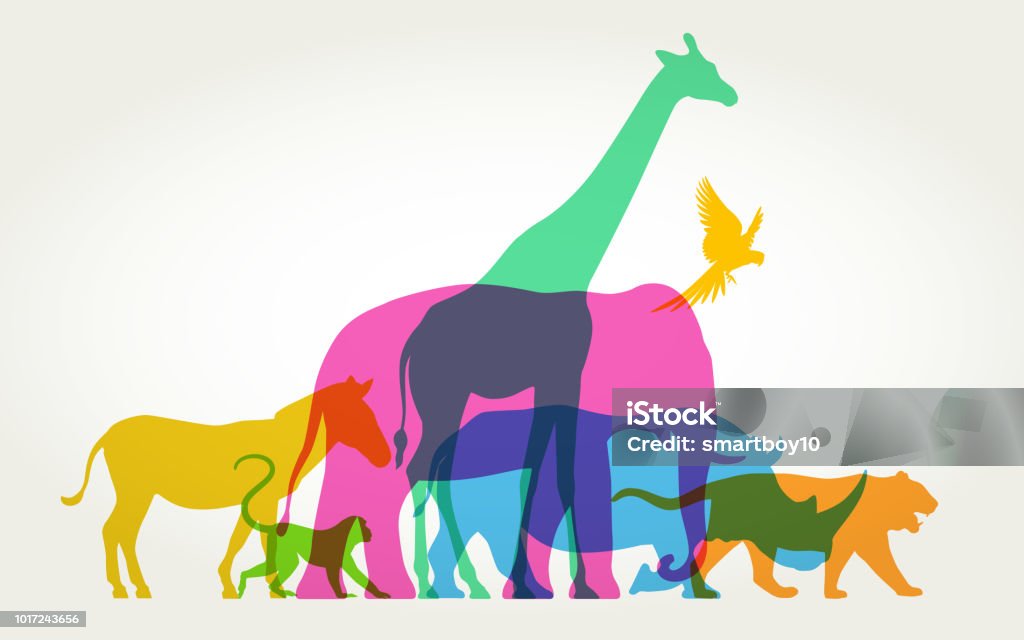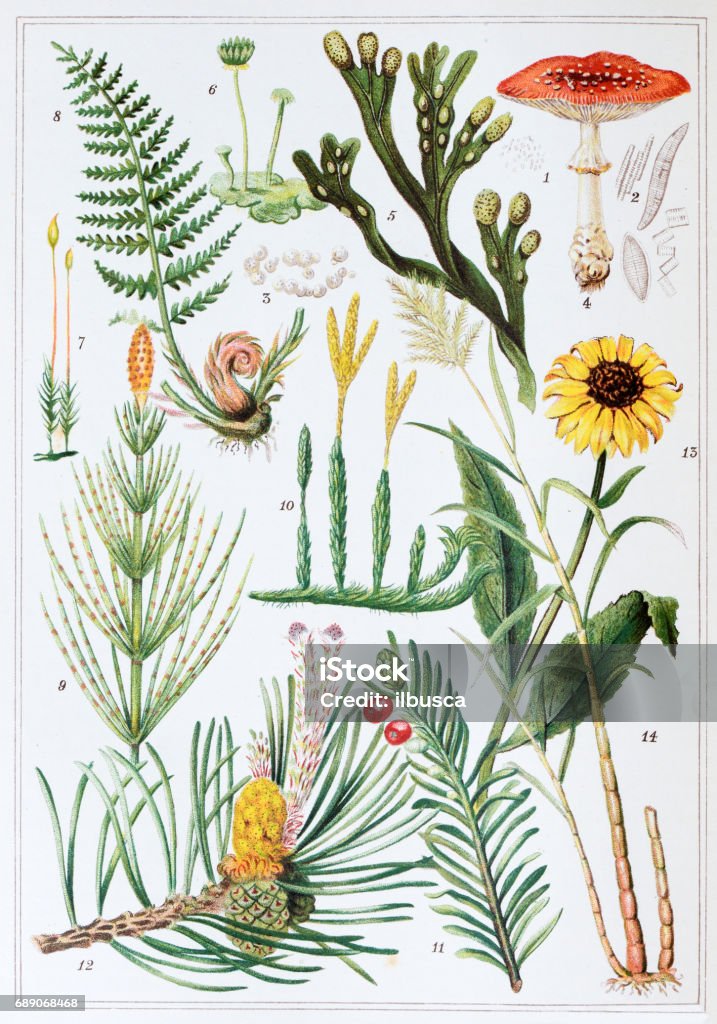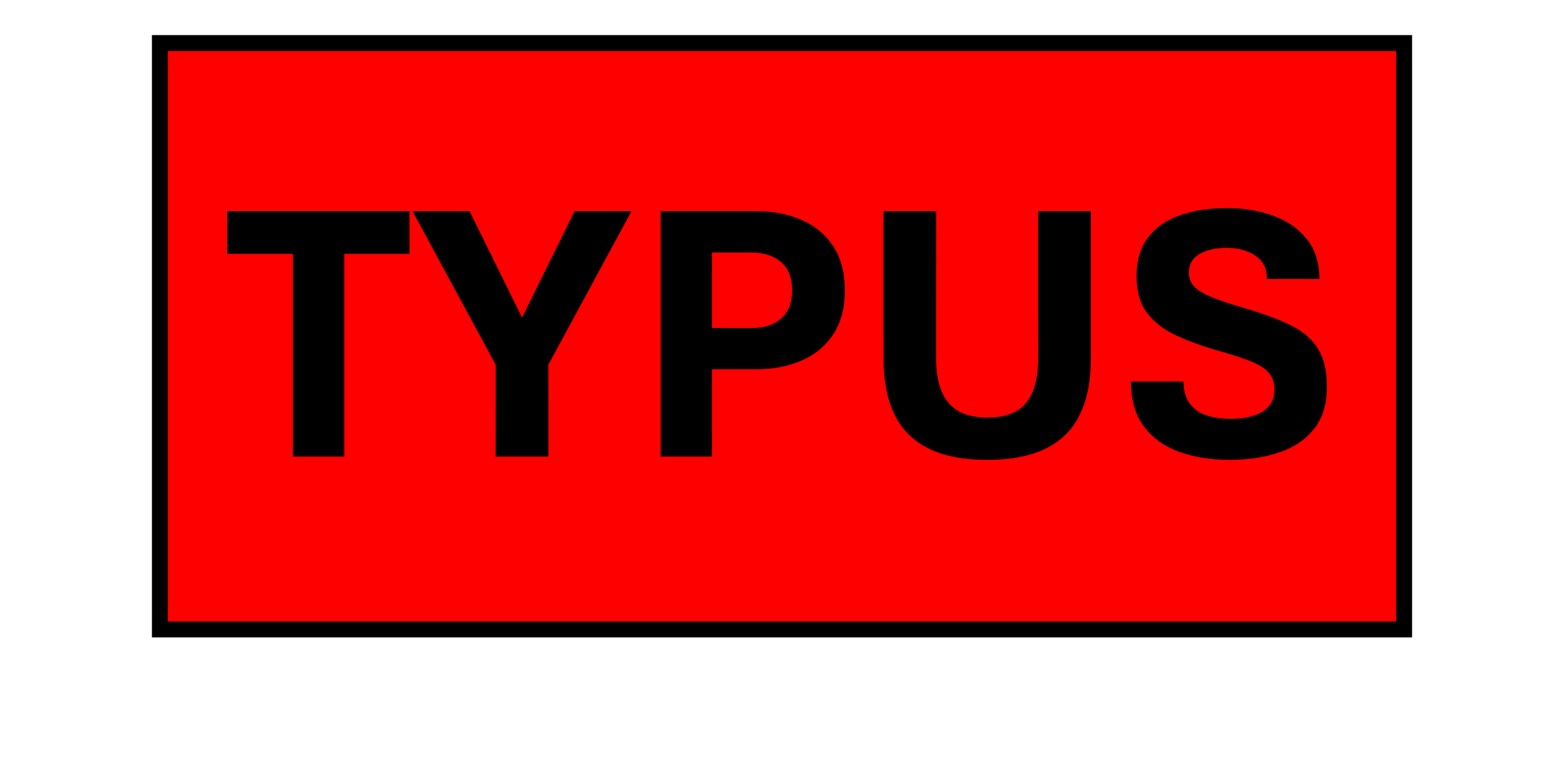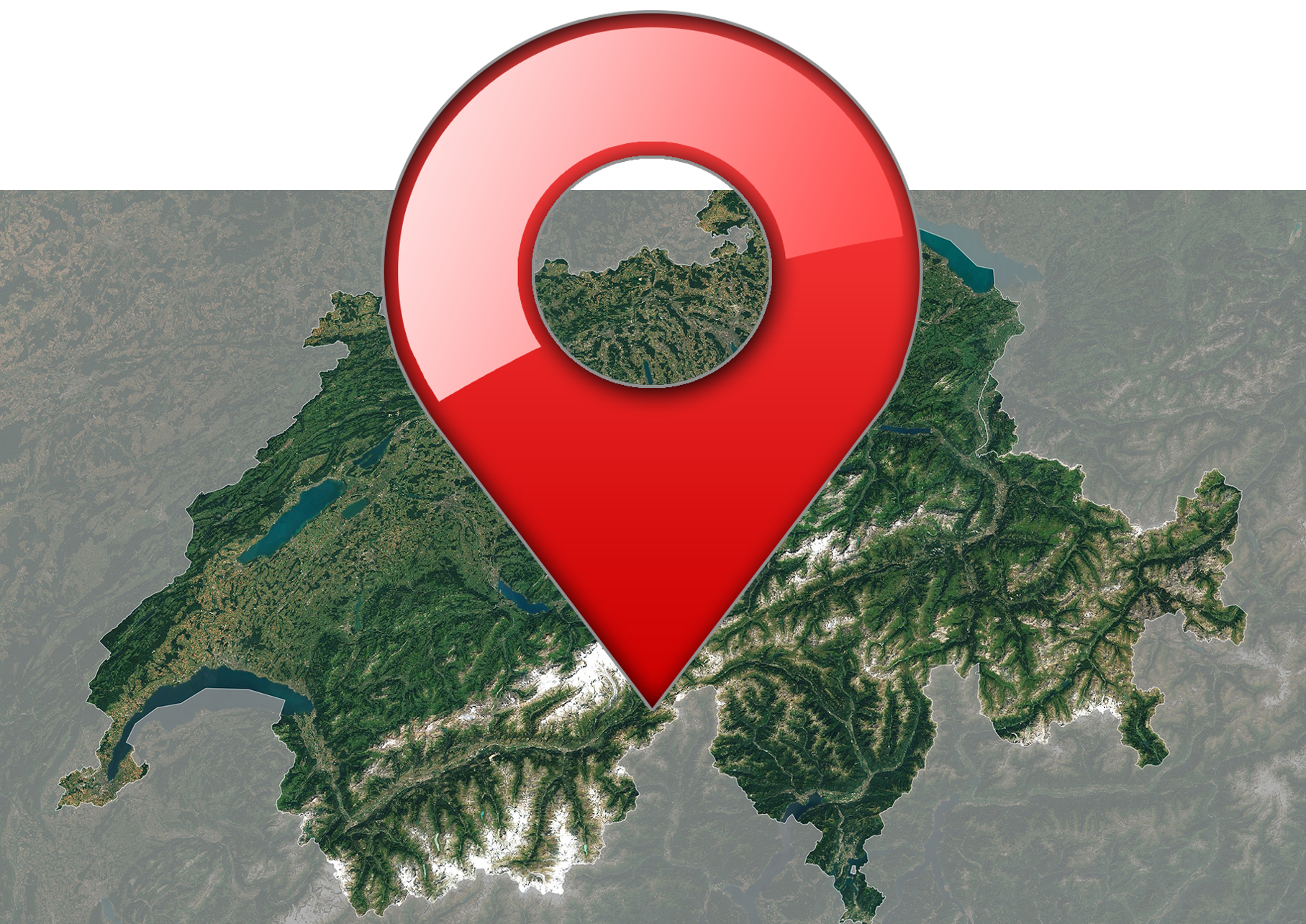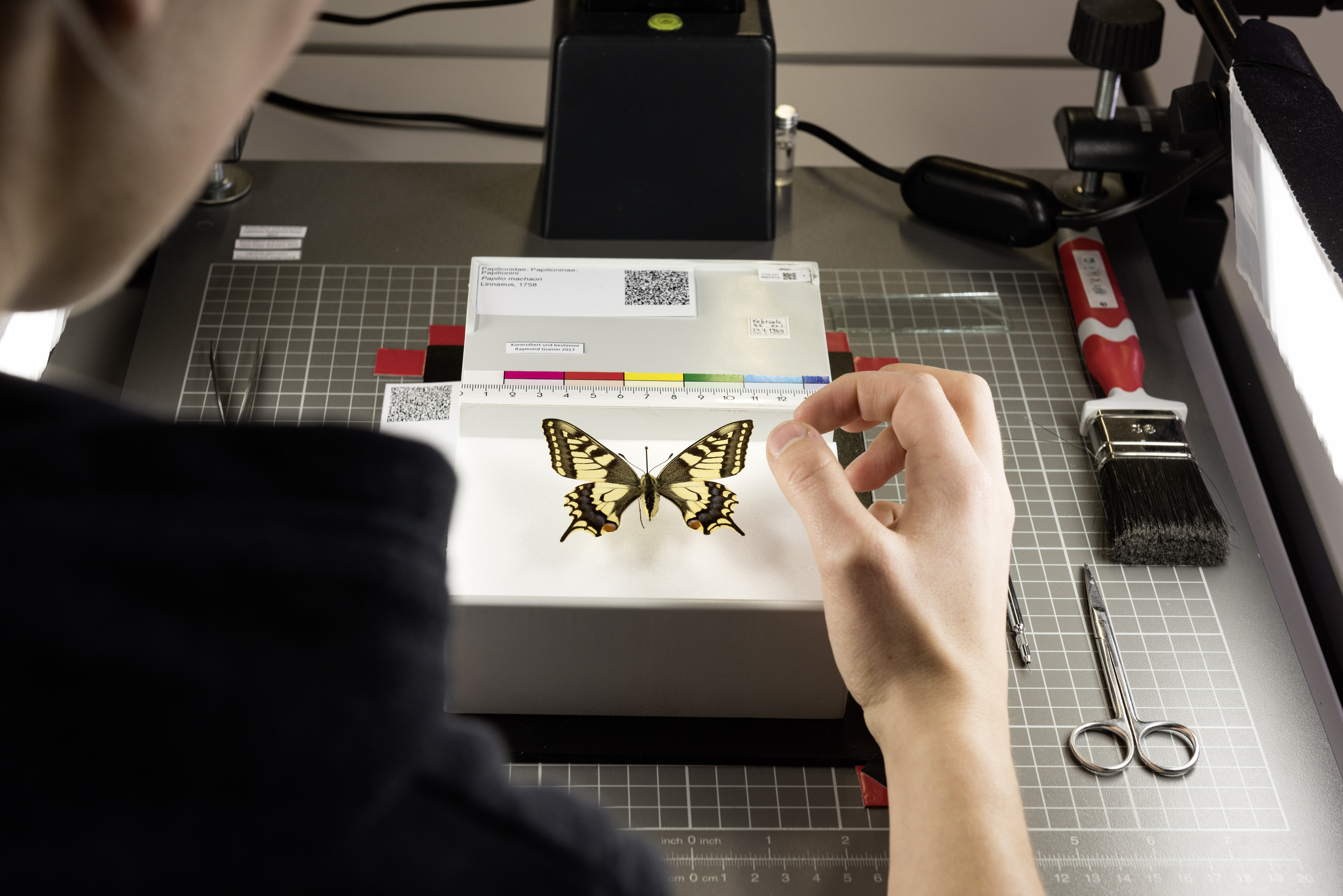Fauna groups
The Journey of a museum specimen
Source: Pia Stieger (unpublished, 2024)
A specimen of a natural history collection has been collected, described and prepared and is stored in a collection of a natural history institution. In order to publish information about the specimen, it is labelled with a unique identifier, photographed or scanned and its information is registered in the database of the institution. The information belonging to the specimen is documented by -ideally- applying the data standard Darwin Core. To allow interoperability of the data, not only verbatim fields have to be filled in, but at least location, date and taxonomy have to be interpreted and edited to meet these extra fields and to be readable for machines. At this stage, the specimen information can be uploaded to the SwissCollNet data aggregator, in order to be published on a variety of websites, where scientists and the interested public can retrieve the information. The information of the specimen is thus becoming FAIR (Findable, Accessible, Interoperable and Reusable)
Digitisation of a specimen in a natural history institution to get ready for its digital journey.
Digital information of a specimen (digital specimen) has to be organised by applying Darwin Core standards and be stored in CSV-format, to be uploaded to the data aggregator. As a first step, the collection unit to which the specimen occurs is determined by the data provider. The catalogue of collection units is retrieved automatically from the Global Registry of Scientific Collections (GRSciColl). The digital specimen enters the aggregator in its raw stage (raw layer), where it will be encoded with data standards (encoding layer, Darwin Core, MIDS standards, taxonomic thesauri, etc.). Once encoded, the digital specimen can enter the fast track of publication and continue its journey into the database of GBIF.org. If the origin of the digital specimen has been collected in Switzerland, it can also enter the approval track and will continue its journey into a database of a datacenter of InfoSpecies.
In the SwissCollNet-data aggregator, specimen data is encoded for publication on national and
international data portals through a fast and/or an approval track.
Digital specimens collected in Switzerland (Swiss origin) may require specific information (red lists of endangered species, Swiss taxonomic thesauri, etc.). They can be retrieved from the data aggregator by experts of InfoSpecies datacenters and be enriched with information to meet the criteria for publication in the Virtual Data Center of the FOEN and the GBIF.ch data portal. The enriched digital specimen will enter PICTIS, from where it will be exported to the GBIF.org database, to the VDC database and to the approval layer of the SwissCollNet data aggregator.
Import of digital specimens into the GBIF.org database through a fast track or an approval track and publication on the GBIF-hosted data portals SwissNatColl and GBIF.ch.
Digital specimens are published on different data portals such as the SwissNatColl (SwissNatColl.ch), the data portal of the Swiss node of GBIF and the Virtual Data Center (VDC). On the SwissNatColl online-portal all digital specimens of the data aggregator (fast track and approval track information) will be displayed. Information of specimens collected in Switzerland will also be displayed on the GBIF.ch online-portal (fast track and approval track information). The digital specimen, which have been enriched and approved by experts of InfoSpecies datacenters will also be published on the VDC portal of the FOEN.
Digital specimen information can be updated in the SwissCollNet data aggregator by the data providers/owners. Enriched data can be exported back to the database of the data provider. Older versions of the digital specimen are stored in the data aggregator to allow reconstruction of the history of the data.


